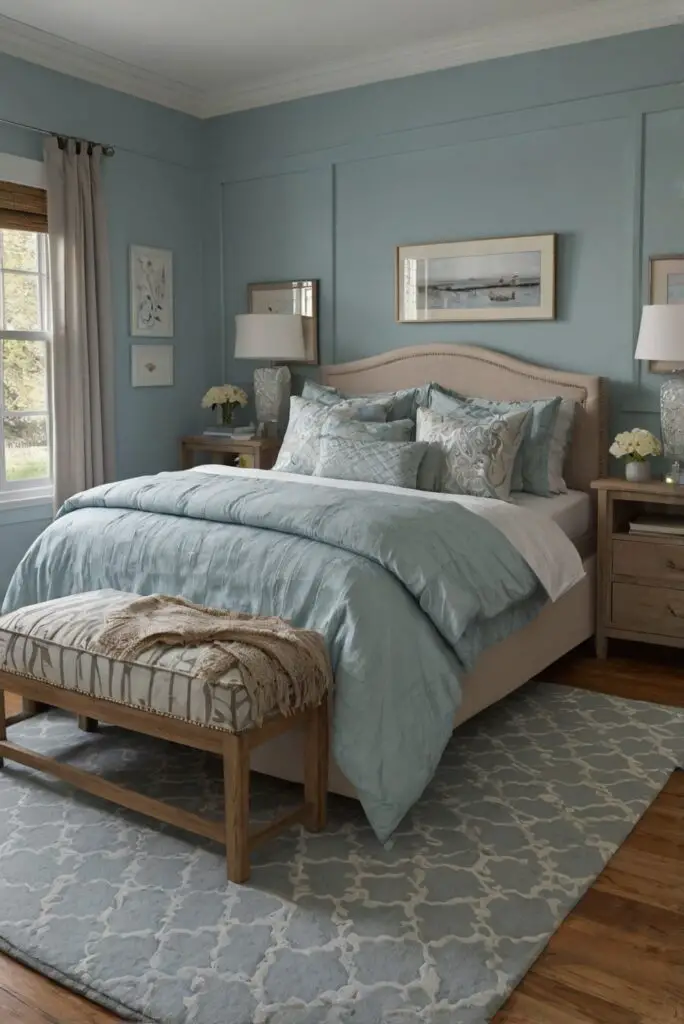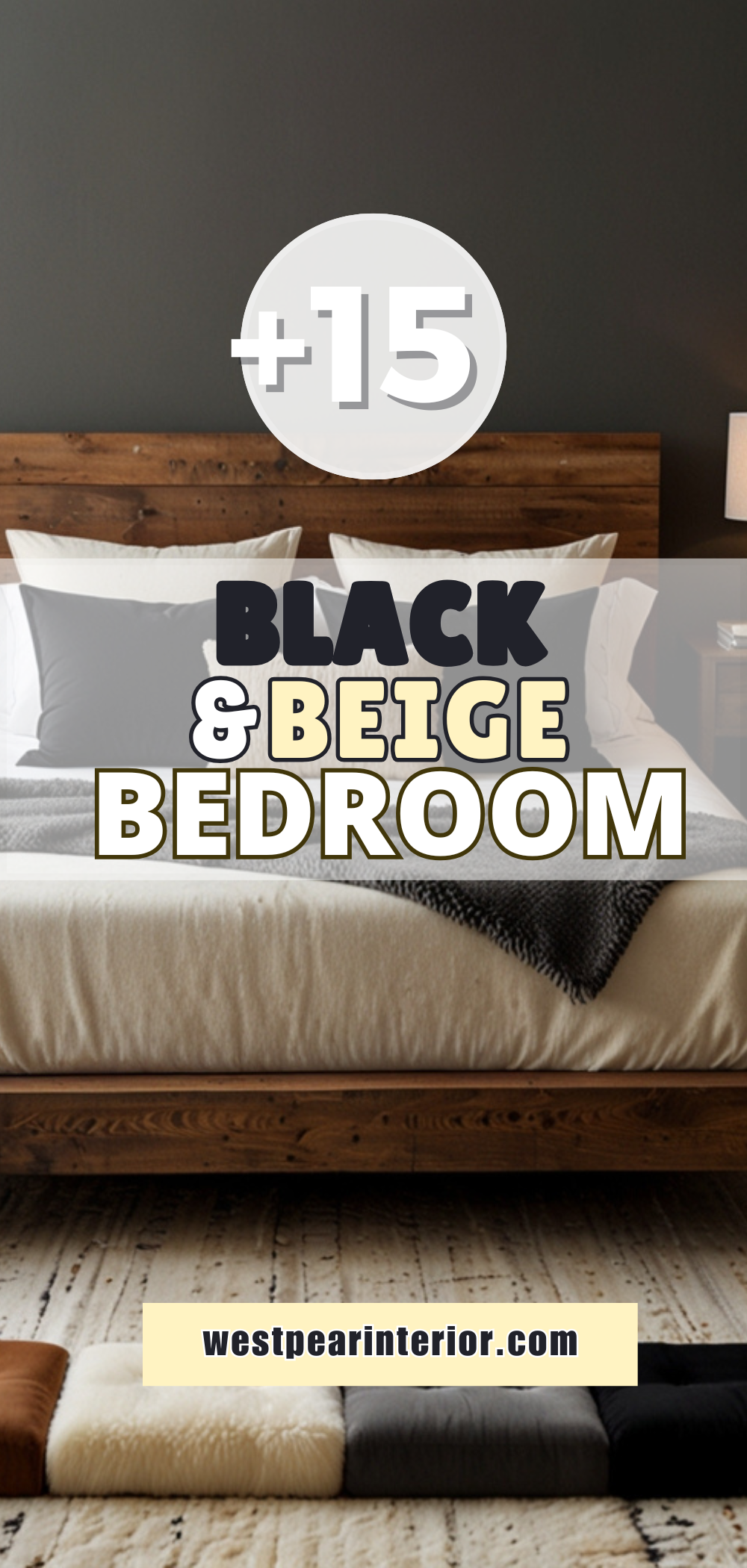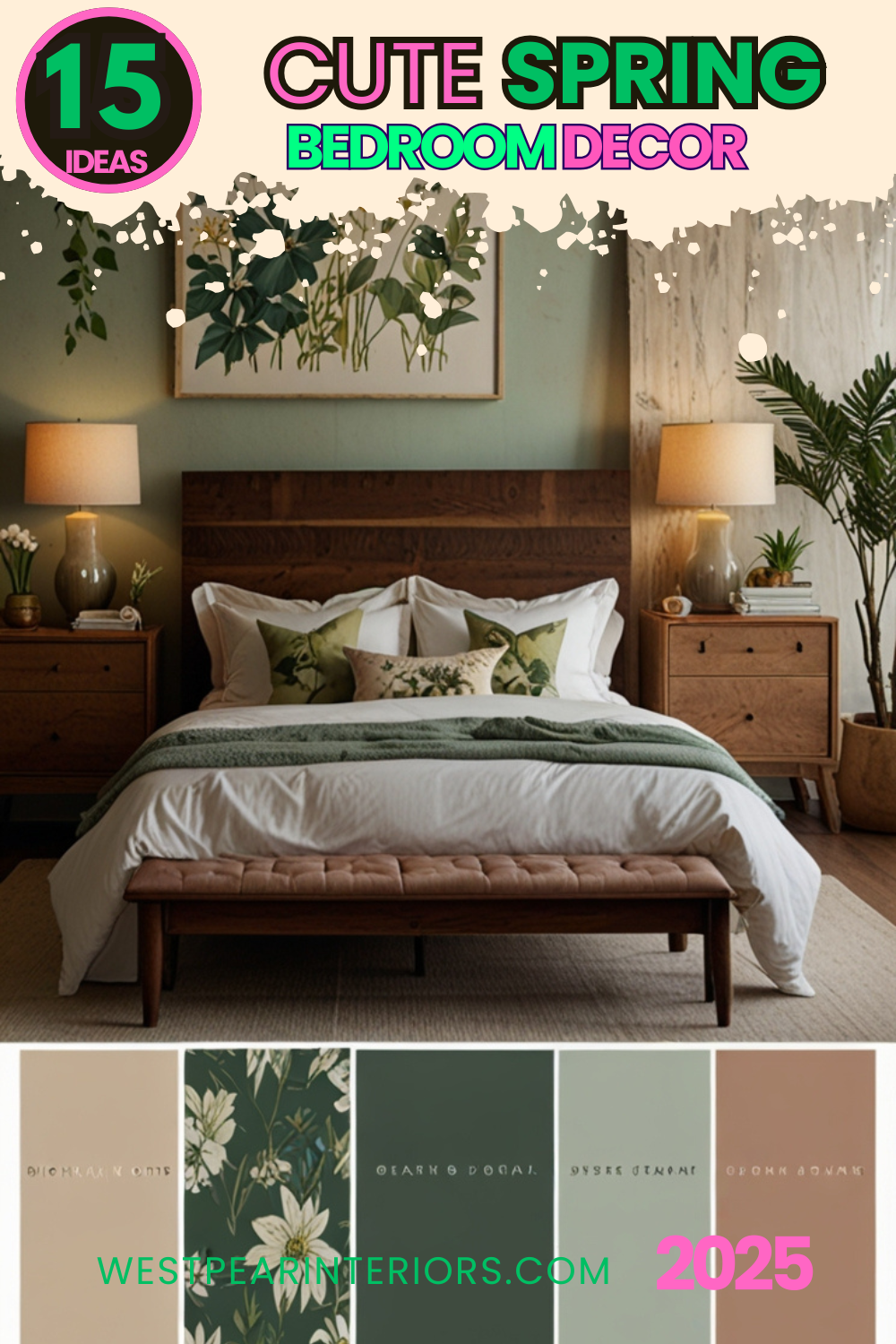Are you struggling to pick the perfect color scheme for your bedroom? Uncover expert tips and tricks in this guide. Grab the secrets to creating a dreamy space!
How do you choose your bedroom’s color scheme?
As a daily routine with an interior designer, the first step in selecting a bedroom color scheme is to consider the desired mood or atmosphere. Lighter colors such as soft blues and greens create a calming effect, while bolder colors like red or yellow can add energy to the space. It’s also important to take into account the existing furniture and decor in the room. Color matching with the existing elements can help create a cohesive look. For a well-organized approach, using color swatches or creating a mood board can be helpful in visualizing the final result. Additionally, considering the natural lighting in the room is essential as it can affect how colors appear. Home decorating professionals often suggest using primer paint for walls before choosing a final color to ensure the best outcome.
Choosing a color scheme for your bedroom is a crucial decision that can greatly impact the overall ambiance and mood of the space. Here are some valuable insights to help you select the perfect color scheme that suits your preferences and style:
1. Importance of Selecting the Right Colors:
My Lovely Spring Paint for 2025
Ready for a Spring Makeover? Explore the Freshest 2025 Paint Trends!
White Sage/Green SW Pistachio green Soft blue Honeysweet/Orange Pink Sugar Sage Tint BMAs an Amazon Associate, I may earn a commission from qualifying purchases at no extra cost to you.
Choosing the right colors for your bedroom decor is essential as colors have the power to influence emotions, create a sense of tranquility, and even affect your quality of sleep. By selecting the appropriate color scheme, you can establish a harmonious and relaxing environment in your bedroom.
2. Significance of Psychology of Colors:
When deciding on a bedroom color scheme, it is crucial to consider the psychology of colors. Different colors evoke varying emotions and feelings. For example, blue is known for its calming effect, while yellow can bring a sense of happiness and energy. Understanding the psychological impact of colors can help you choose shades that promote relaxation and comfort.
3. Mixing and Matching Colors:
Mixing and matching different colors in your bedroom color scheme can add depth and visual interest to the space. However, it is important to ensure that the colors complement each other harmoniously. You can use color wheel principles to create a cohesive color palette that includes complementary, analogous, or monochromatic colors.
4. Complementing Existing Furniture and Decor:
My fAV Spring DECOR for 2025
Discover Spring’s Best 2025 Decor Combinations – Perfect for Any Room!
Oversized Indoor Plants White Curved Sofas Rugs BOH Brown Cream Moroccan Hype Boho Rug Outdoor Patio Furniture Sets Topfinel Pillow CoversAs an Amazon Associate, I may earn a commission from qualifying purchases at no extra cost to you.
When selecting colors for your bedroom, consider the existing furniture and decor to ensure a cohesive look. Choose colors that complement the materials and finishes of your furniture pieces. For example, if you have wooden furniture, earthy tones like beige, cream, or soft brown can create a harmonious balance.
5. Alternative Calming Paint Colors:
If you are looking to create a calming atmosphere in your bedroom, consider using soothing paint colors like soft blue, lavender, sage green, or pale gray. These colors can promote relaxation and help you unwind after a long day.
6. Incorporating Textures and Materials:
To enhance your chosen color scheme in the bedroom, incorporate different textures and materials. Mix smooth and rough textures, such as velvet throws, satin pillows, or natural linen curtains, to add depth and visual appeal to the space. This combination can create a visually stimulating and luxurious environment.
7. Understanding Color Temperature:
Consider the color temperature when selecting hues for your bedroom. Warm colors like red, orange, and yellow can create a cozy and intimate atmosphere, while cool colors such as blue and green can evoke a sense of calmness and serenity. Choose colors based on the mood you want to achieve in your bedroom.
8. Utilizing Color Schemes for Different Functions:
It is essential to consider how colors can affect your mood and energy levels in various rooms. For instance, vibrant and stimulating colors may be suitable for a home office, while soft and soothing tones are more appropriate for the bedroom. By understanding the impact of colors, you can create spaces that cater to their specific functions.
9. Creating Balance and Harmony:
Achieving a balanced and harmonious color scheme in your bedroom involves selecting colors that work well together and distribute them proportionally throughout the space. Consider the 60-30-10 rule where 60% is the dominant color, 30% is the secondary color, and 10% is the accent color to maintain visual balance.
Key Takeaways:
– Choose colors that align with your personal preferences and promote relaxation.
– Consider the psychological impact of colors to create the desired mood.
– Mix and match colors wisely to enhance visual interest in your bedroom.
– Harmonize colors with existing furniture and decor for a cohesive look.
– Experiment with calming paint colors and incorporate textures for a serene atmosphere.
– Understand color temperature and utilize suitable hues for different functions.
– Strive for balance and harmony by following color proportion guidelines.







